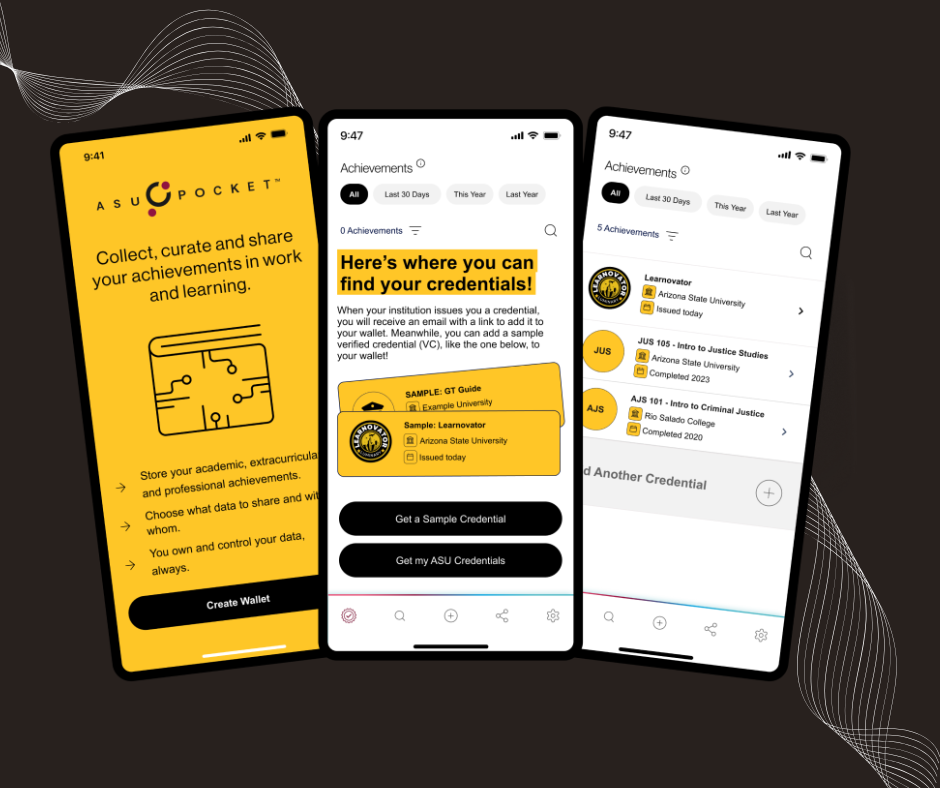Case Study
Web3 Verifiable Credentials Wallet: Rebuilding for Agility & Scale
Client: Major Public University's Enterprise Technology Division || Industry: Higher Education Technology || Project Duration: 6 months (0 to production)

The Challenge
The digital identity wallet that finally launched had a fundamental problem: it was essentially a Frankenstein architecture. Every minor UI update, bug fix, or new feature required months to release and at least three full-time developers to coordinate.
The technical debt was suffocating:
Interdependent systems built like a house of cards—touch one thing, break three others
No CI/CD pipeline whatsoever
No staging or production environments, only dev
Zero automation for testing or deployment
Architecture built in a silo with no consideration for the university's existing internal systems and processes
Integration nightmares that made even small changes prohibitively expensive
The system was technically functional but operationally unsustainable.
The Results
6 months from decision to app stores: New version live in production
90% cost reduction: Monthly operating costs dropped from $1.5M to $150K
Release velocity transformation: Updates that once took months now deployed in days
Maintainability: Single developer could manage what previously required three or more
Institutional integration: Seamless connection with university systems eliminated friction
The Approach
As Product Manager, I made the hard call: scrap the entire build and start from scratch—but do it smarter.
Leveraged Open Source Intelligently
Identified a robust open-source codebase that aligned with our needs
Committed to contributing improvements back to the community
Built on proven foundations instead of reinventing the wheel
Right-Sized the Team
Restructured from a bloated 15-person team to 1 highly skilled full-stack developer
Focused on efficiency and simplicity over complexity
Built for the Ecosystem
Collaborated with university IT to understand existing architecture and systems
Designed integration points that worked with, not against, institutional processes
Created a maintainable architecture that could evolve with university needs
Implemented Modern DevOps
Established proper CI/CD pipelines
Set up staging and production environments
Automated testing and deployment processes
Made releases routine instead of events
Key Takeaway
Sometimes the bravest decision is admitting you need to start over. By building smart—leveraging open source, right-sizing the team, and implementing modern practices—we delivered a more robust system in six months than the original team built in two years.

